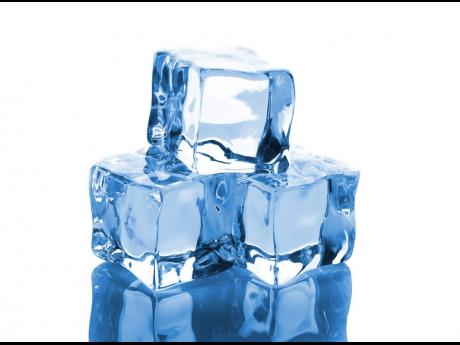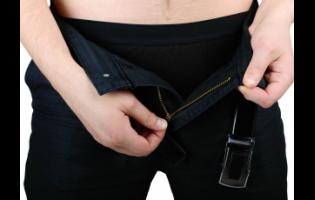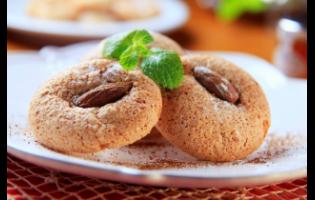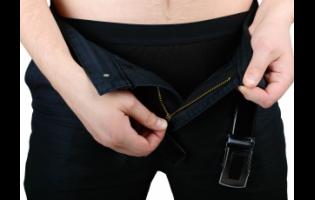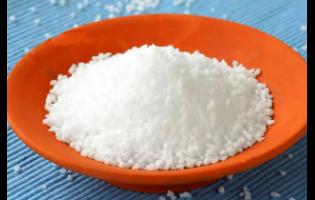Check-Up: Eating ice can be a sign of iron deficiency anaemia
Elaine is 24 years old, and she is an ice eater. She says she’s addicted to eating ic e and enjoys it. But a friend recently seemed concerned and suggested that her body could be lacking im portant vitamins which it needs and is showing this up as ice eating. Could this be true?
Craving ice can be a sign of iron deficiency anaemia, or may even be an eating disorder termed pagophagia, which is the medical name for compulsive ice eating. Chewing ice can also wear down and break your teeth, resulting in dental problems.
When you are anaemic, the red blood cells are fewer in the blood and are unable to carry out their work of taking oxygen from our lungs to all parts of our body to provide the energy the cells need to do their work. The result is that the anaemic person will feel tired, and even short of breath.
It is thought that when the anaemia continues to worsen, chewing ice triggers a reaction in the body, which sends more red blood cells to the brain cells which do not function well when deprived of oxygen. This will result in greater clarity of thinking and increased alertness.
On the other hand, ice eating can be due to pica, which is a nervous disorder where people compulsively eat non-food items like dirt, clay, paper or ice. Pagophobia is the type of pica which involves the compulsive eating of ice. In this situation there is no vitamin or mineral deficiency, but an emotional problem.
Your doctor can do a blood test to determine if you’re anaemic and further investigate you for the cause if this is so, while placing you on replacement iron and vitamin supplements.
If pica is due to an emotional problem, such as stress or obsessive-compulsive disorder, then further psychiatric assessment will be needed along with therapy.
Write Check Up: PO Box 1731, Kgn 8
Email: arnaj56@gmail.com





























